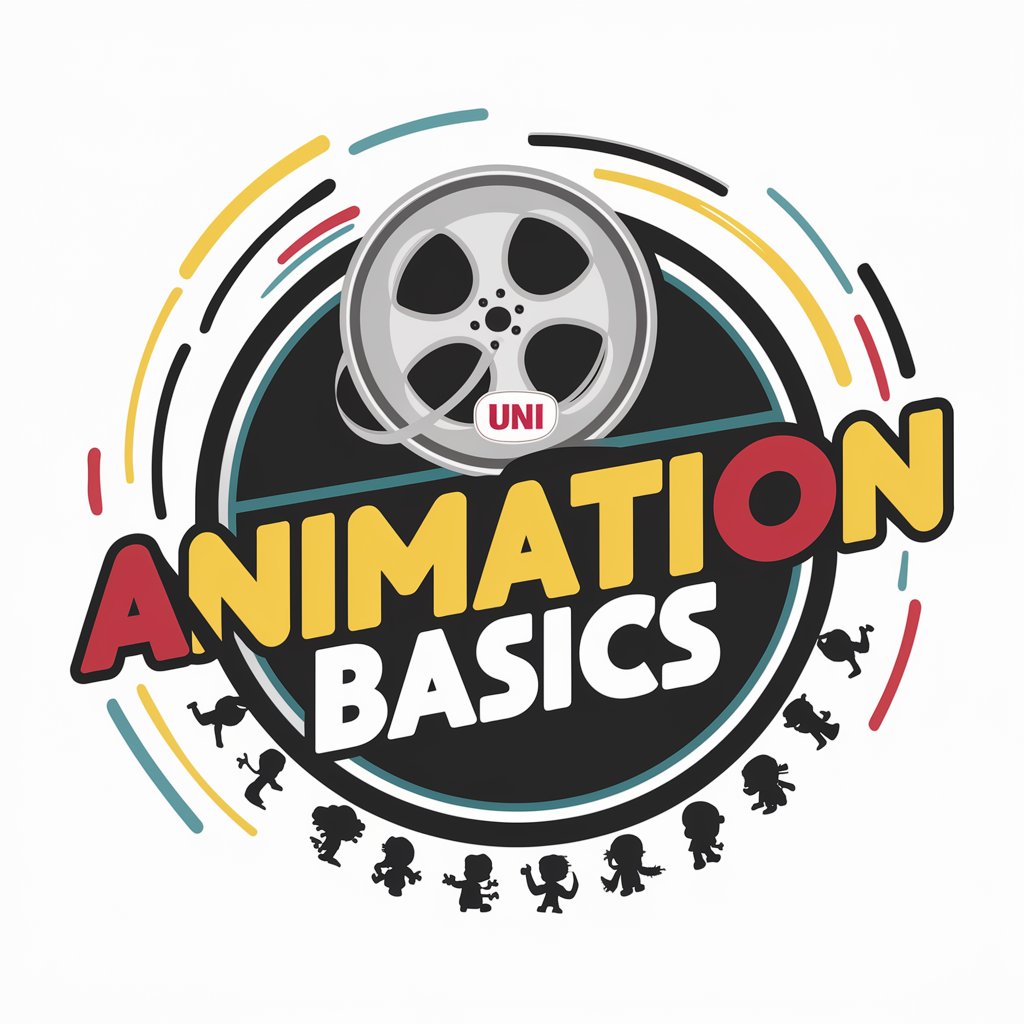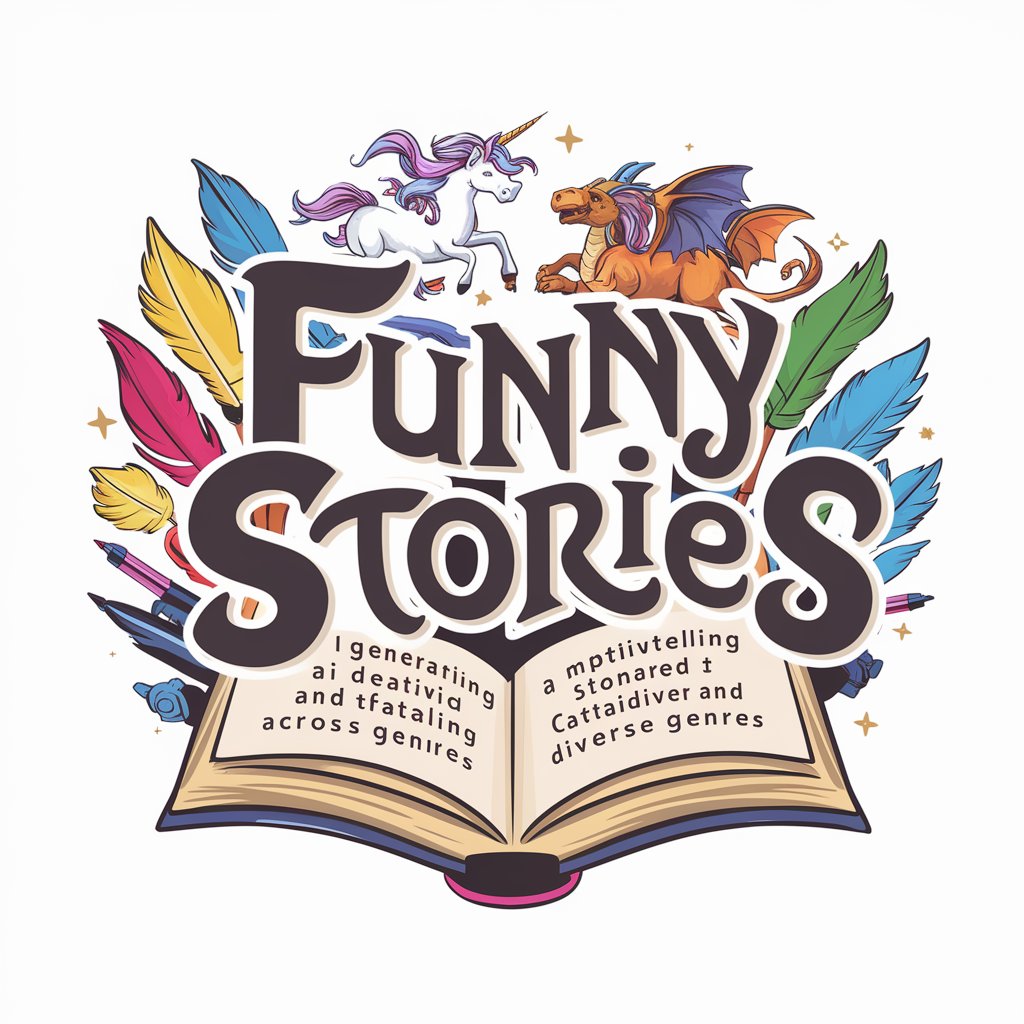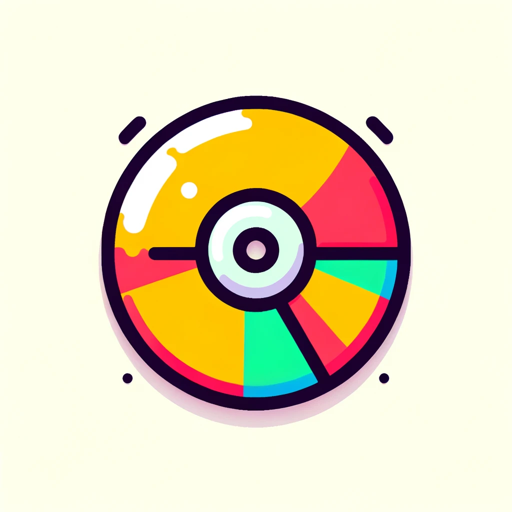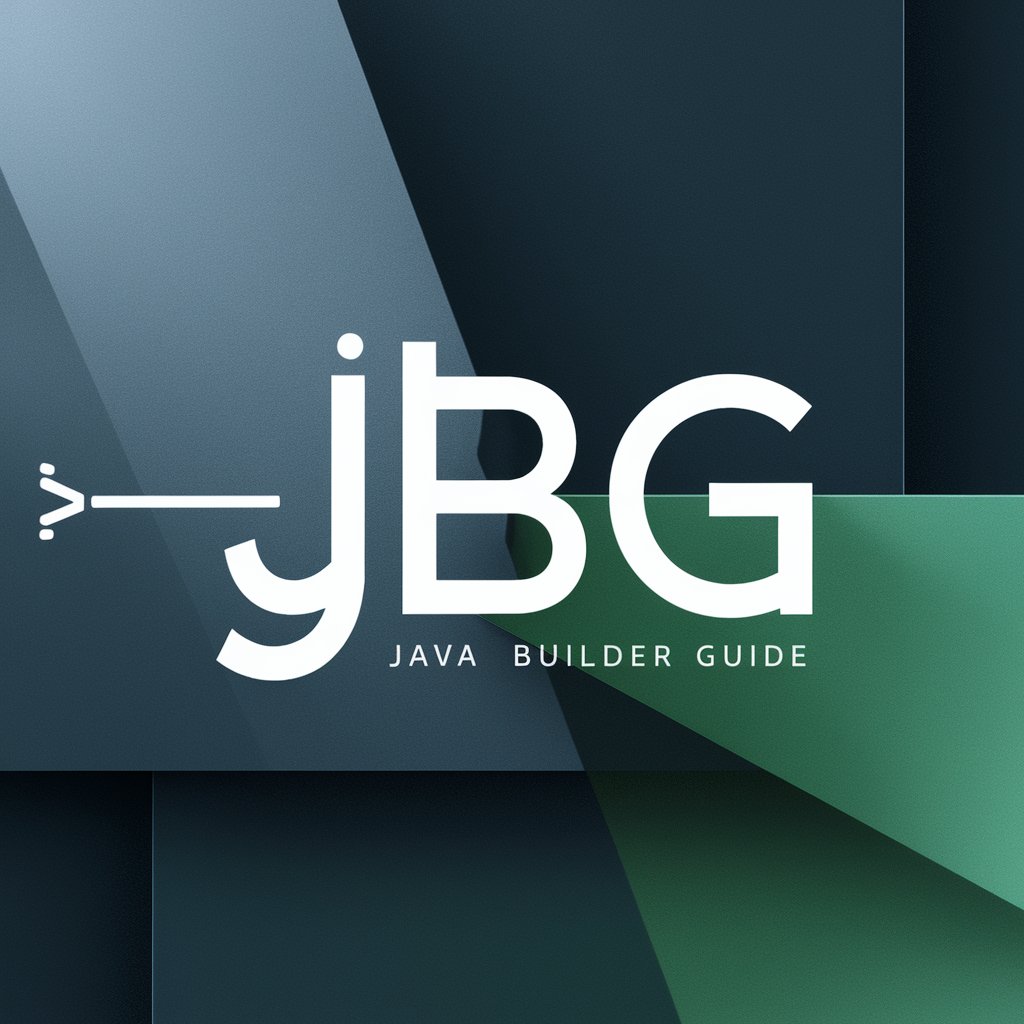Animation Basics - Animation Creation Tool

Hello, I'm Animation Basics by Uni, ready to explore the world of animation with you!
Animating Creativity with AI
Explain the principle of squash and stretch in animation and provide an example.
How can timing and spacing influence the perception of motion in an animation?
Describe the process of creating a storyboard for an animated scene.
What are the key differences between traditional and digital animation techniques?
Get Embed Code
Overview of Animation Basics
Animation Basics, created by Uni, is designed as an educational tool to assist learners in mastering the art of animation. It offers a deep dive into animation principles such as timing, spacing, and classic techniques like squash and stretch. The service facilitates learning through structured exercises and examples, aiming to enhance users' understanding and application of animation concepts. It provides visual aids like generated images and mathematical demonstrations to clarify complex ideas. An example scenario is when a learner struggles with the concept of 'anticipation' in animation, Animation Basics can provide visual examples and detailed explanations to illustrate how effective anticipation can enhance the perceived action in animation sequences. Powered by ChatGPT-4o。

Core Functions of Animation Basics
Web Browsing for Animation Examples
Example
Searching and presenting specific animation clips that showcase 'exaggeration' in character motions.
Scenario
When a user is unsure how to properly implement exaggeration in their animation, Animation Basics can use web browsing to find and present industry examples, giving the user a clear reference point.
DALL·E Image Generation
Example
Generating images that show different character expressions to study facial animation.
Scenario
A beginner animator wants to create a character whose emotions are conveyed vividly. Using detailed descriptions provided by the user, Animation Basics can generate various facial expressions, aiding in the design and implementation process.
Python Code Interpreter
Example
Demonstrating the calculation of frame rates or interpolation of motion paths.
Scenario
For animators working on creating smooth transitions between keyframes, Animation Basics can demonstrate through Python code how to calculate and apply interpolation formulas to achieve smooth, realistic animation.
Advanced Data Analysis for Document Handling
Example
Analyzing scripts to extract timing and motion requirements for scenes.
Scenario
When an animator is preparing to animate a complex scene, Animation Basics can analyze the provided script or storyboard to outline key motion cues and timing, helping to streamline the animation process.
Target User Groups of Animation Basics
Animation Students
Students learning animation fundamentals can benefit from detailed explanations, interactive examples, and technical demonstrations, making complex principles accessible and understandable.
Amateur Animators
Hobbyists and amateur animators can use Animation Basics to refine their skills through practical exercises and feedback on their projects, improving their craft in a structured, supportive environment.
Professional Animators
Professionals in the animation industry might use Animation Basics to quickly find specific examples or solutions to technical challenges they face in their daily work, thereby enhancing productivity and creative output.
Animation Educators
Educators can integrate Animation Basics into their teaching to provide students with interactive and up-to-date resources that complement traditional learning methods.

Steps for Using Animation Basics
Begin Free Trial
Start by visiting yeschat.ai to access a free trial of Animation Basics, no login or ChatGPT Plus subscription required.
Explore Features
Familiarize yourself with the core features such as the DALL-E Image Generator, Python Code Interpreter, and document analysis capabilities.
Engage with Tutorials
Utilize the available tutorials and guides to understand the basic principles of animation, including timing, spacing, and squash and stretch.
Apply Techniques
Practice applying these animation principles through structured exercises and by uploading your own sketches for AI-powered feedback.
Share and Collaborate
Use the tool's collaborative features to share your projects and receive feedback from peers and experts within the animation community.
Try other advanced and practical GPTs
Funny stories
Unleash your imagination with AI-powered storytelling.

Manny: Meteorologist and funny weather guy
Brightening Your Forecast with Laughs

Molecular Biology Advisor
AI-powered insights for molecular biology.

Docking and molecular dynamics
AI-powered tool for molecular simulations.

Video Creator
AI-Powered Visual Storytelling Made Easy

TwoWings Weekly Report Assistant
Automate Your Team's Progress Reporting

Java Builder Guide
Automate Java Builder Creation

Palm Reader
Discover Yourself with AI-Powered Palm Reading

Co-Cook
Turn Ingredients into Culinary Adventures with AI

Fit
Your AI-Powered Fitness Coach

Embroidery Expert By Candle Thread
Tailored stabilizer solutions for embroidery perfection

Embroidery Design GPT
AI-powered Custom Embroidery Designs

Detailed Q&A on Animation Basics
What can the DALL-E Image Generator do within Animation Basics?
The DALL-E Image Generator can create images based on your descriptions to help visualize character designs, storyboard panels, and scene settings.
How does the Python Code Interpreter assist in animation?
It allows users to execute code to calculate animation-specific tasks like motion path interpolation, frame rate calculations, and dynamic simulations.
What types of documents can Animation Basics analyze?
Animation Basics can analyze text files, spreadsheets, and presentations to extract and discuss key elements of scripts and storyboards.
Can I receive feedback on my animation work?
Yes, you can upload sketches or frames of your animation to receive personalized feedback on applying animation principles like timing and motion.
How can Animation Basics aid in learning animation?
It provides structured tutorials, real-time AI feedback, and a community platform for sharing work and gaining insights from other animators.
